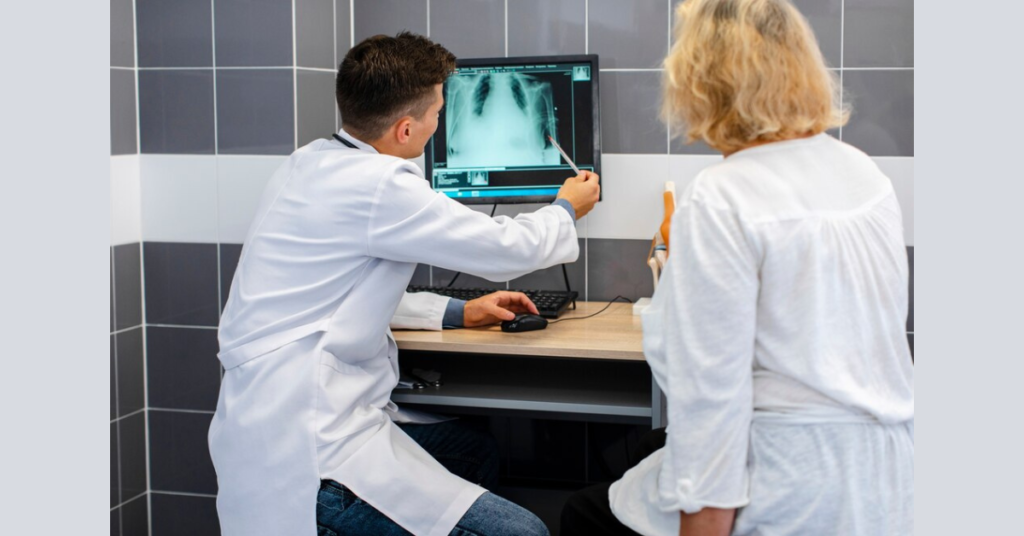In the realm of modern medicine, technological advancements have continually transformed the landscape of diagnostics and treatment. Among these innovations, Bones Asura Scans have emerged as a cutting-edge tool at the forefront of medical imaging technologies, revolutionizing the assessment of bone health and structure. Unlike traditional imaging techniques, Asura scans offer a comprehensive and detailed view of bones, providing invaluable insights into bone density, fractures, and abnormalities. This article delves into the intricacies of Bones Asura Scans, exploring their mechanisms, advantages over conventional methods, clinical applications, and the impact they have had on medical practice across various specialties.
Understanding Bones Asura Scans
Bones Asura Scans represent a leap forward in medical imaging, utilizing advanced techniques to create highly detailed three-dimensional models of bones. These scans employ a combination of sophisticated imaging modalities and computational algorithms to produce comprehensive assessments of bone density, composition, and structural integrity. Unlike conventional X-rays or CT scans, which may provide limited information, Asura scans offer superior resolution and accuracy in capturing bone structures, making them an indispensable tool in diagnosing and treating a wide range of bone-related conditions.
Key Features and Advantages
One of the primary advantages of Bones Asura Scans lies in their ability to detect subtle changes and abnormalities that may not be easily visible through traditional imaging methods. The high-resolution images produced by Asura scans allow clinicians to identify fractures, assess bone density variations, and detect early signs of degenerative bone diseases with exceptional precision. This level of detail is crucial for accurate diagnosis and effective treatment planning, leading to better patient outcomes and improved quality of care.
Another notable feature of Asura scans is their non-invasive nature, making them safe and accessible for patients of all ages. Unlike invasive procedures or surgeries, which carry inherent risks and may require recovery time, Asura scans offer a quick and efficient way to gather essential diagnostic information without subjecting patients to unnecessary discomfort or complications.
Furthermore, Asura scans provide clinicians with actionable data that can inform personalized treatment strategies. By analyzing the intricacies of bone structure and density, healthcare professionals can tailor interventions to address specific patient needs, whether it involves prescribing medication, recommending lifestyle modifications, or planning surgical interventions.
Clinical Applications of Asura Scans
The versatility of Bones Asura Scans extends across various medical specialties, where they play a pivotal role in diagnosing and managing a diverse range of conditions. Some of the key clinical applications of Asura scans include:
- Osteoporosis Diagnosis and Monitoring: Osteoporosis, a condition characterized by decreased bone density and increased fracture risk, is a major concern, especially among the elderly population. Asura scans excel in assessing bone mineral density (BMD), allowing clinicians to diagnose osteoporosis early and monitor changes over time. This proactive approach enables timely interventions to prevent fractures and optimize bone health.
- Fracture Detection and Evaluation: Asura scans are highly effective in detecting fractures, including subtle or hairline fractures that may be missed by conventional imaging techniques. By visualizing the extent and location of fractures in detail, healthcare providers can make informed decisions regarding treatment options, such as immobilization, surgical repair, or conservative management.
- Degenerative Bone Diseases: Conditions like osteoarthritis, rheumatoid arthritis, and degenerative disc disease can impact bone health and joint function. Asura scans help in assessing the severity of these diseases, evaluating joint degeneration, and guiding therapeutic interventions, such as joint injections or surgical procedures aimed at restoring mobility and reducing pain.
- Orthopedic Surgery Planning: In orthopedic practice, precise preoperative planning is essential for successful surgical outcomes. Asura scans provide orthopedic surgeons with a detailed roadmap of bone structures, allowing them to plan surgical approaches, select optimal implant sizes, and anticipate potential challenges during procedures such as joint replacements, spinal surgeries, or fracture repairs.
- Sports Medicine and Injury Management: Athletes and active individuals often experience sports-related injuries, including stress fractures, ligament tears, and cartilage damage. Asura scans aid sports medicine specialists in diagnosing these injuries accurately, assessing healing progress, and determining readiness for return to sports activities, thereby optimizing rehabilitation protocols and minimizing the risk of recurrent injuries.
- Pediatric Orthopedics: Children and adolescents may face unique orthopedic challenges, such as growth plate injuries, congenital deformities, or developmental disorders affecting bone health. Asura scans cater to pediatric orthopedic needs by providing detailed assessments of skeletal growth, detecting abnormalities early, and guiding treatment strategies to promote healthy bone development and function.
- Dental and Maxillofacial Imaging: Beyond traditional bone imaging, Asura scans find applications in dental and maxillofacial fields, where they aid in assessing jaw bone structure, detecting dental abnormalities, planning oral surgeries, and optimizing outcomes for procedures like dental implants or orthognathic surgery.
Also Read: NON-OVERSAMPLING DACS: DIVE INTO SIMPLICITY AND SOUND
Challenges and Future Directions
While Bones Asura Scans offer remarkable advantages in bone imaging and diagnostics, certain challenges and considerations warrant attention. These may include cost implications, accessibility in resource-limited settings, standardization of imaging protocols, and ongoing research to further enhance the technology’s capabilities.
Looking ahead, the future of Asura scans holds promise for continued advancements, including improved image resolution, enhanced automation in image analysis, integration with artificial intelligence for predictive modeling, and expanding applications in emerging fields such as regenerative medicine and personalized healthcare.
Conclusion
Bones Asura Scans represent a pinnacle of innovation in medical imaging, offering unparalleled insights into bone health, fractures, and abnormalities. Through their advanced capabilities, Asura scans have revolutionized diagnostic practices, enabling clinicians to make informed decisions, tailor treatment strategies, and improve patient outcomes across diverse medical specialties. As technology continues to evolve, the impact of Bones Asura Scans is poised to expand, shaping the future of musculoskeletal care and contributing to advancements in precision medicine. Read More….







